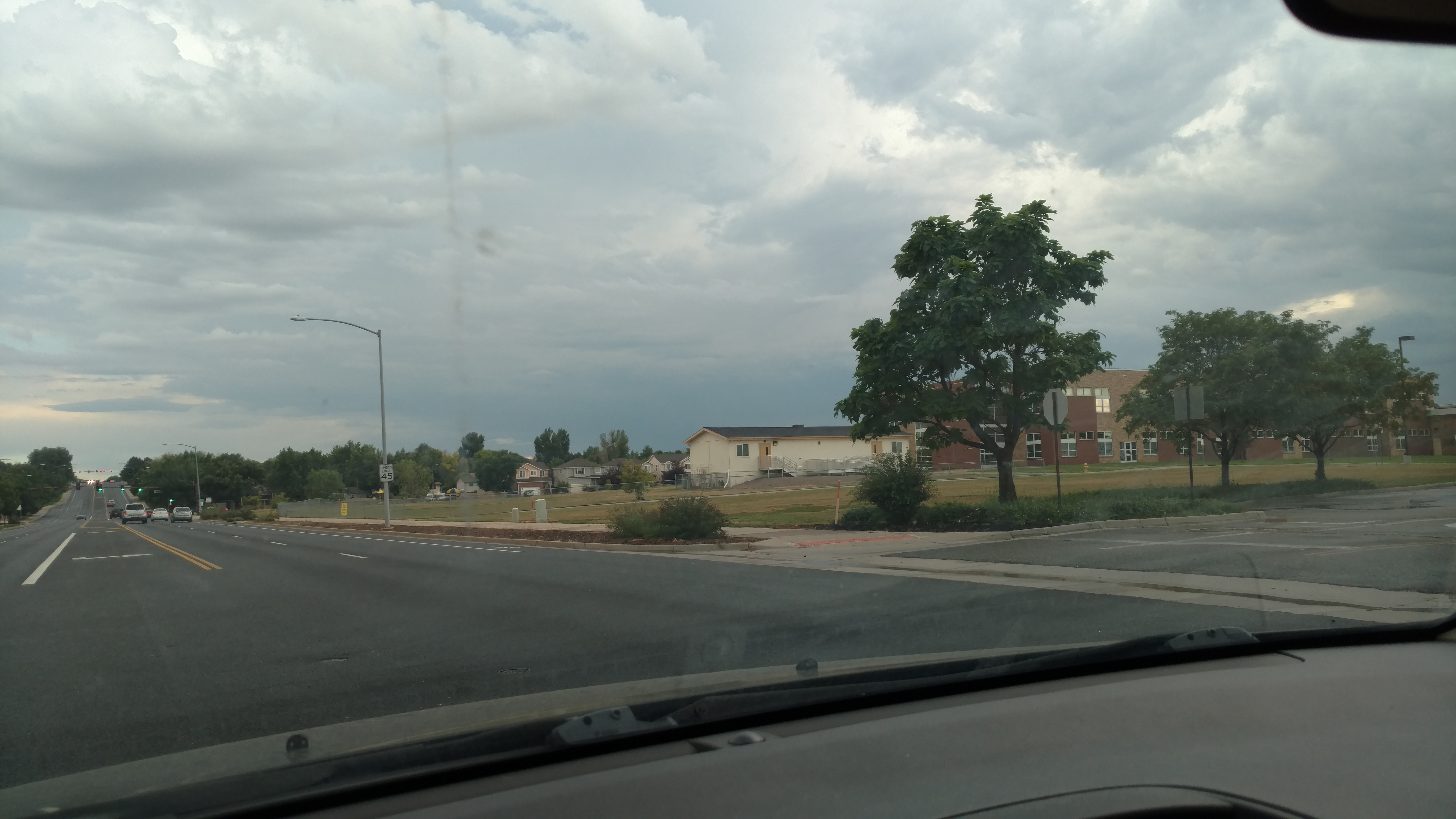
Uploaded on 2017-01-31 by Hannah Bessett
1. Ecosystem services in your living area. What ecosystem services do you have in and around your living area? Give at least one example for each of the four types of ecosystem services. Make clear in your answer where you can find the ecosystem service and what the ecosystem offers to your living area. To support your answers you are asked to provide one or more images for every example that describe the respective services. a. Provisioning services Although the town that I live in is mostly suburban, there are rural areas on the fringes of the city that are able to provide food to the rest of us. There is even a dairy farm nearby my house where we get our milk. The access to raw materials is somewhat limited, however, because there are no forests nearby. There is, however, a steel mill in the area, and there are a few plants that we obtain resin from here as well. The water that we get in my city is usually pretty fresh, as we get a lot of runoff from the nearby mountains. There is a water treatment plant nearby, though, which is highly useful due to the significant issues with drought. There are a wide variety of medicinal plants that are being obtained in my ecosystem. Most obvious, there are a significant number of marijuana sources. b. Regulating services The amount of trees where I live is not really enough to strongly influence the amount of rainfall or air pollution that we have. There are small patches of treed areas in parks and on walkways, but for the most part my town is based on flat prairie. That being said, there are quite a bit of other plants around that act as significant carbon storage. The most extreme event we have suffered is a flood, likely due to the relative lack of tree roots. Sometimes there will be tornado warnings, but I have never seen one actually touch down nearby enough to cause any damage. There are not very many natural wetlands here, and so the water has to be treated via artificial means. Soil fertility is not especially high, thus why there are not very many sources of agriculture. Bees, moths, and flies do pollinate what is here. c. Habitat or Supporting services There are actually quite a few habitats for wild animals, though they are not generally considered to be animals that help humans directly. As mentioned before, much of the area is flat prairie, which provides a habitat to the groundhogs that are extremely common. Although considered to be a pest, the population of vermin actually provides an excellent food source to the birds of prey that live here. Similarly, deer and other wild ungulates, while uncommon, are around in a limited capacity, which can sometimes provide food for us. Fish are not particularly common save for those that were artificially selected and placed in the manmade lakes on some peoples' private property, though there obviously are some wild ones. The areas closer to the mountains are going to have more biodiversity than my region, due to the significantly higher number of microclimates established due to the abrupt changing of altitudes. d. Cultural services Lastly, my town is somewhat lacking in this area as well. There are, fortunately, large amounts of space and an encouragement by several organizations to play and spend time outdoors. I myself spent a great deal of my childhood playing for various sports teams that were put together by the recreational center of my city. There are not really a high number of tourists, though, but with the laws changing about where and when marijuana is legal there has been an influx of visitors that will stop even here for a small while. There is a small but influential group of people committed to sharing art and literature here, encouraging sculptors to erect statues in new shopping centers and libraries to hold book clubs and summer reading encouragement. The sense of place can be somewhat difficult to find, where it is quite busy or exposed, but the mountains are close.